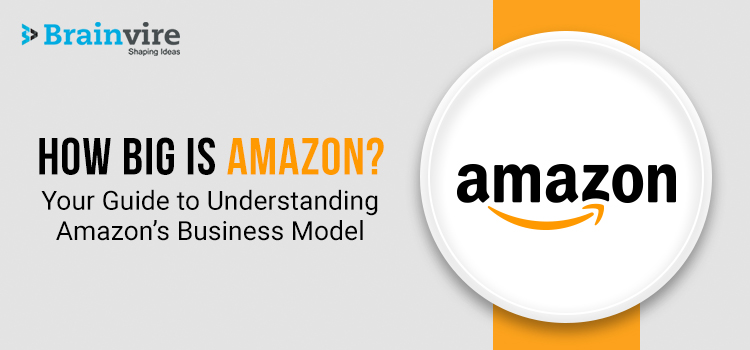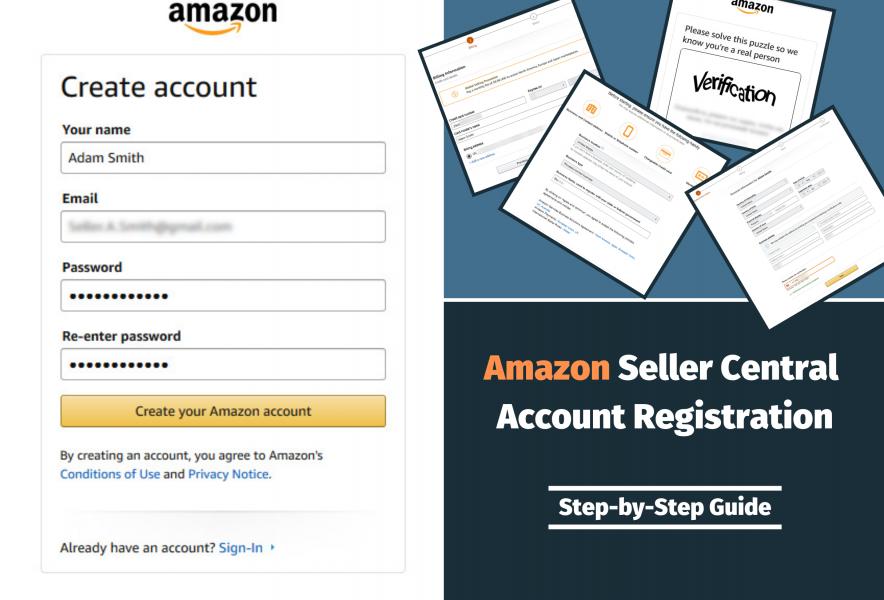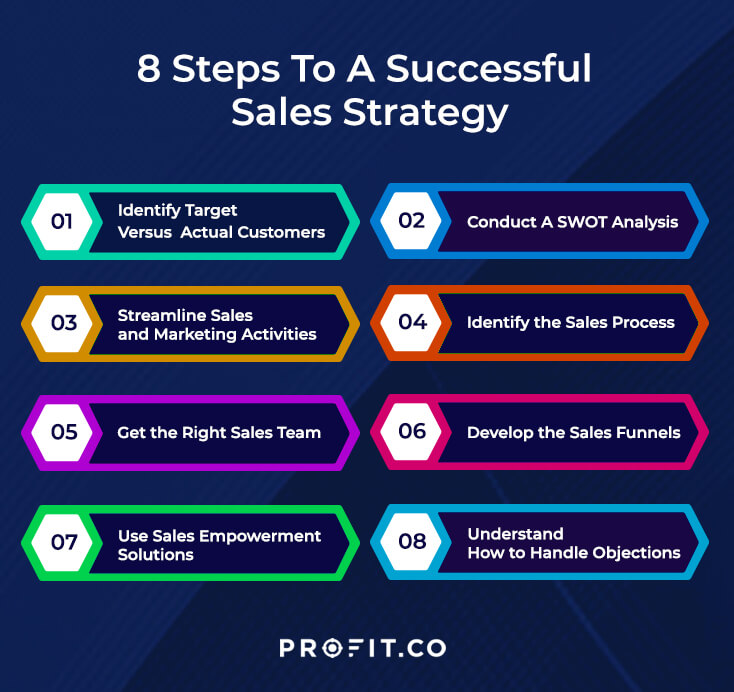Unlocking the Secrets to Starting an Amazon Business with Zero Initial Investment
Starting an Amazon business without initial investment may seem like an impossible feat, but with the right strategies and mindset, it can be a reality. Many entrepreneurs have successfully launched their Amazon businesses with little to no initial investment, and have gone on to achieve remarkable success. In this article, we will explore the possibilities of starting an Amazon business without breaking the bank, and provide a step-by-step guide on how to achieve this goal.
The benefits of starting an Amazon business without initial investment are numerous. For one, it eliminates the risk of significant financial loss, allowing entrepreneurs to test the waters without committing a large amount of capital. Additionally, it allows for greater flexibility and adaptability, as entrepreneurs can quickly pivot and adjust their strategies without being tied down by significant upfront costs.
So, how can you start an Amazon business without initial investment? The key is to focus on the fundamentals of building a successful online business, including market research, product selection, and marketing. By leveraging free or low-cost tools and resources, entrepreneurs can establish a solid foundation for their Amazon business without incurring significant expenses.
In the following sections, we will delve into the specifics of starting an Amazon business without initial investment, including understanding Amazon’s business models, conducting market research, setting up an Amazon seller account, and optimizing product listings for maximum visibility. By the end of this article, you will have a comprehensive understanding of how to start a thriving Amazon business without breaking the bank.
Understanding Amazon’s Business Models: Choosing the Right Path for You
When it comes to starting an Amazon business, understanding the different business models is crucial for success. Amazon offers three main business models: FBA (Fulfillment by Amazon), FBM (Fulfillment by Merchant), and dropshipping. Each model has its pros and cons, and choosing the right one for your business can make all the difference.
FBA is Amazon’s flagship business model, where Amazon handles storage, packaging, and shipping of products. This model offers several benefits, including access to Amazon’s vast customer base, fast and reliable shipping, and customer service support. However, FBA also comes with some drawbacks, such as higher fees and less control over the shipping process.
FBM, on the other hand, allows merchants to handle storage, packaging, and shipping of products themselves. This model offers more control over the shipping process and lower fees, but it also requires more effort and resources from the merchant. FBM is a good option for businesses that want to maintain control over their shipping process and have the resources to handle it.
Dropshipping is another popular business model on Amazon, where merchants do not hold any inventory. Instead, they partner with suppliers to ship products directly to customers. This model offers several benefits, including low overhead costs and minimal risk, but it also requires careful supplier selection and management.
When choosing an Amazon business model, it’s essential to consider your business goals, resources, and expertise. FBA is a good option for businesses that want to focus on marketing and sales, while FBM is better suited for businesses that want to maintain control over their shipping process. Dropshipping is a good option for businesses that want to minimize risk and overhead costs.
Ultimately, the key to success on Amazon is to choose a business model that aligns with your business goals and resources. By understanding the pros and cons of each model, you can make an informed decision and set your business up for success.
Conducting Market Research: Finding Profitable Products to Sell
Market research is a crucial step in finding profitable products to sell on Amazon. With millions of products available on the platform, it can be overwhelming to determine which products to sell. However, by using the right tools and strategies, you can identify trending products and estimate demand.
One of the most effective ways to conduct market research on Amazon is to use tools like Jungle Scout, Helium 10, and AMZScout. These tools provide valuable insights into product demand, competition, and pricing, allowing you to make informed decisions about which products to sell.
Jungle Scout, for example, offers a product tracker feature that allows you to track product sales and revenue over time. This feature provides valuable insights into product demand and helps you identify trending products. Additionally, Jungle Scout’s product database feature allows you to search for products by keyword, category, and price, making it easy to find profitable products to sell.
Helium 10 is another popular tool for conducting market research on Amazon. Its product research feature allows you to search for products by keyword, category, and price, and provides valuable insights into product demand and competition. Additionally, Helium 10’s product tracker feature allows you to track product sales and revenue over time, helping you identify trending products.
AMZScout is a comprehensive tool that offers a range of features for conducting market research on Amazon. Its product research feature allows you to search for products by keyword, category, and price, and provides valuable insights into product demand and competition. Additionally, AMZScout’s product tracker feature allows you to track product sales and revenue over time, helping you identify trending products.
When conducting market research on Amazon, it’s essential to consider several factors, including product demand, competition, and pricing. By using the right tools and strategies, you can identify profitable products to sell and achieve success on Amazon.
Setting Up Your Amazon Seller Account: A Step-by-Step Guide
Setting up an Amazon seller account is a straightforward process that can be completed in a few steps. To get started, go to sellercentral.amazon.com and click on the “Start Selling” button. You will be asked to provide some basic information, including your name, email address, and password.
Next, you will need to verify your email address by clicking on the verification link sent to you by Amazon. This is an important step, as it helps to ensure the security of your account.
Once your email address is verified, you will be asked to provide some additional information, including your business name, address, and tax identification number. This information is required by Amazon to comply with tax laws and regulations.
After providing the required information, you will be asked to set up your payment and tax information. This includes providing your bank account information and setting up your tax identification number.
Finally, you will be asked to review and agree to Amazon’s terms and conditions. This is an important step, as it outlines the rules and regulations that govern your use of the Amazon platform.
Once you have completed these steps, your Amazon seller account will be set up and you will be ready to start selling. It’s a good idea to take some time to familiarize yourself with the Amazon seller dashboard and to learn more about the tools and resources available to you.
By following these steps, you can set up your Amazon seller account and start selling on the platform without any initial investment. Remember to always follow Amazon’s policies and guidelines to ensure a successful and profitable selling experience.
Creating a Professional Seller Profile: Building Trust with Customers
Creating a professional seller profile is an essential step in building trust with customers on Amazon. A well-crafted profile can help establish your brand identity, showcase your products, and increase customer confidence in your business.
To create a professional seller profile, start by choosing a profile picture that represents your brand. This could be a logo, a product image, or a photo of your team. Make sure the image is high-quality and visually appealing.
Next, write a compelling bio that tells the story of your business. This should include information about your company’s mission, values, and products. Keep your bio concise and focused on the benefits of shopping with your business.
Choose a store name that reflects your brand identity and is easy to remember. This will be the name that appears on your Amazon storefront and in search results.
Optimize your profile for maximum visibility by including relevant keywords in your bio and store name. This will help customers find your business when searching for products like yours.
Use Amazon’s profile features to showcase your products and promotions. You can add product images, videos, and descriptions to your profile, as well as promote special offers and discounts.
Finally, make sure to keep your profile up-to-date and accurate. This includes regularly updating your product offerings, promotions, and business information.
By creating a professional seller profile, you can build trust with customers, increase visibility, and drive sales on Amazon. Remember to keep your profile focused on the benefits of shopping with your business, and use Amazon’s features to showcase your products and promotions.
Optimizing Product Listings for Maximum Visibility
Optimizing product listings is a crucial step in increasing visibility and driving sales on Amazon. A well-optimized product listing can help your product stand out from the competition and attract more customers.
To optimize your product listings, start by using relevant keywords in your product title, description, and keywords. This will help Amazon’s algorithm understand what your product is and what it’s used for, making it more likely to appear in search results.
Use high-quality images that showcase your product from different angles and in different lighting conditions. This will help customers get a better understanding of your product and increase their confidence in purchasing it.
Write detailed and accurate product descriptions that include information about the product’s features, benefits, and specifications. This will help customers make informed purchasing decisions and reduce the risk of returns and negative reviews.
Use Amazon’s listing policies to increase visibility and drive sales. This includes using Amazon’s recommended keywords, product categories, and product attributes.
Optimize your product listings for mobile devices, as more and more customers are shopping on Amazon using their smartphones. Make sure your product images and descriptions are easily viewable on smaller screens.
Use Amazon’s advertising options to increase visibility and drive sales. This includes sponsored products, sponsored brands, and sponsored display ads.
Monitor your product listings’ performance regularly and make adjustments as needed. This includes tracking your product’s sales, revenue, and customer reviews, and making changes to your product listings to improve their performance.
By optimizing your product listings, you can increase visibility, drive sales, and build a successful Amazon business without initial investment.
Managing Inventory and Shipping: Tips for Success
Managing inventory and shipping is a crucial aspect of running a successful Amazon business. It’s essential to have a solid understanding of how to manage your inventory and shipping to ensure that your products are delivered to customers on time and in good condition.
One of the most effective ways to manage inventory and shipping on Amazon is to use Amazon’s Fulfillment by Amazon (FBA) service. FBA allows you to store your products in Amazon’s warehouses, and Amazon will handle the packaging, shipping, and customer service for you.
To set up FBA, you’ll need to create a professional seller account and enroll in the FBA program. Once you’re enrolled, you can send your products to Amazon’s warehouses, and Amazon will take care of the rest.
In addition to using FBA, it’s also essential to set up shipping options for your products. This includes setting up shipping rates, shipping times, and shipping carriers. You can use Amazon’s shipping calculator to determine the best shipping rates for your products.
Tracking inventory levels is also crucial to managing inventory and shipping. You can use Amazon’s inventory management tools to track your inventory levels and receive alerts when your products are running low.
Another important aspect of managing inventory and shipping is to ensure that your products are properly packaged and labeled. This includes using sturdy packaging materials, labeling your products correctly, and including any necessary documentation.
By following these tips, you can effectively manage your inventory and shipping on Amazon and ensure that your products are delivered to customers on time and in good condition.
Monitoring Performance and Adjusting Strategies: The Key to Long-Term Success
Monitoring performance and adjusting strategies is crucial to achieving long-term success on Amazon. By tracking your performance metrics, you can identify areas for improvement and optimize your listings and marketing strategies to increase sales and revenue.
Amazon provides a range of performance metrics that can help you track your progress and identify areas for improvement. These metrics include sales, revenue, customer reviews, and seller feedback.
To monitor your performance metrics, log in to your Amazon seller account and navigate to the “Performance” tab. From here, you can view your sales and revenue data, as well as your customer review and seller feedback ratings.
Use Amazon’s performance metrics to identify areas for improvement and optimize your listings and marketing strategies. For example, if you notice that your sales are low, you may need to adjust your pricing or improve your product listings to make them more attractive to customers.
Additionally, use Amazon’s advertising options to increase visibility and drive sales. Amazon offers a range of advertising options, including sponsored products, sponsored brands, and sponsored display ads.
By monitoring your performance metrics and adjusting your strategies accordingly, you can achieve long-term success on Amazon and build a thriving business without initial investment.
Remember, success on Amazon requires ongoing effort and optimization. By staying focused on your goals and continually improving your strategies, you can achieve success and build a thriving Amazon business.








